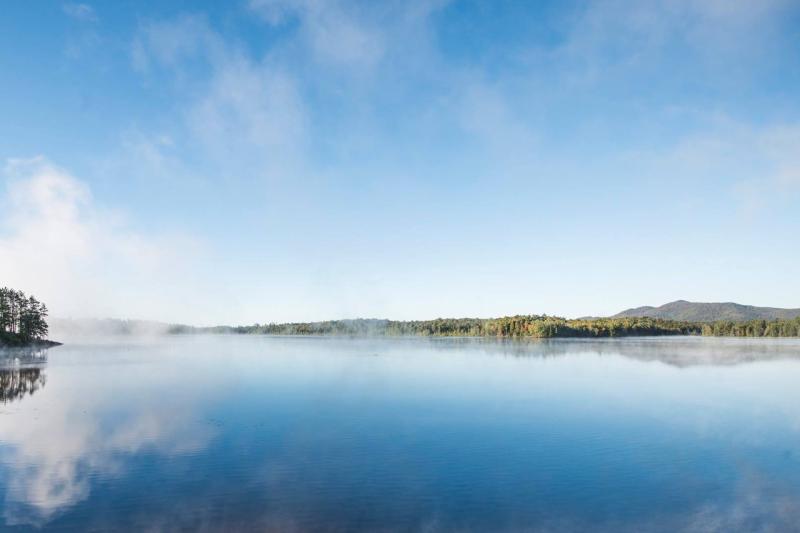NOAA Fisheries announced recommendations for two, new five-year cooperative agreements under the Damage Assessment, Remediation and Restoration Program, which restores natural resources after disasters like oil spills or releases of hazardous waste.
The partners, The Nature Conservancy and The Water Institute of the Gulf, will receive $830,000 and $140,000 respectively. Their proposed projects will restore areas impacted by pollution events in Alabama, Louisiana, and New York with opportunities to expand to other areas in the future.
As part of Deepwater Horizon restoration efforts, The Nature Conservancy will develop projects to restore habitats in Alabama’s Perdido Islands complex, a group of islands in Perdido Bay off the Gulf Coast.
In Louisiana, The Water Institute of the Gulf will also work on projects to restore damaged resources from the 2010 Deepwater Horizon spill. These efforts will focus on better understanding bottlenose dolphins populations and their restoration in the Barataria Basin and other areas off Louisiana’s coast.

Additionally, The Nature Conservancy will be advancing efforts to restore wetlands and other habitat in New York’s St. Regis, Racquette and Grasse River watersheds. These areas, part of the St. Lawrence River ecosystem, were impacted by other hazardous waste releases. Here, the recreational fishery continues to be restricted from high levels of toxic PCBs and other contaminants.
These projects will benefit coastal communities by enhancing fisheries and wildlife, and restoring protected species and sensitive habitats. Habitat restoration provides economic benefits from recreation, tourism, job creation, coastal resiliency, increased property values and improved quality of life.
Since the Damage Assessment, Remediation and Restoration Program’s inception in 1992, we have recovered more than $10 billion for restoration from those responsible for environmental harm. NOAA and partners have used these funds to restore thousands of acres of wetlands, beaches, reefs, corals, and seagrasses and to open fish passage on many miles of streams.
These are the third and fourth partnerships announced through a 2017 Federal Funding Opportunity. In addition, NOAA Fisheries has partnered with the National Fish and Wildlife Foundation and with Ducks Unlimited.
Partnerships like these are key components of successful restoration efforts. They provide NOAA and other natural resource trustees additional options for building restoration projects to quickly address natural resource injuries. In addition, partners bring different perspectives and innovations that contribute to trustees’ restoration goals.



